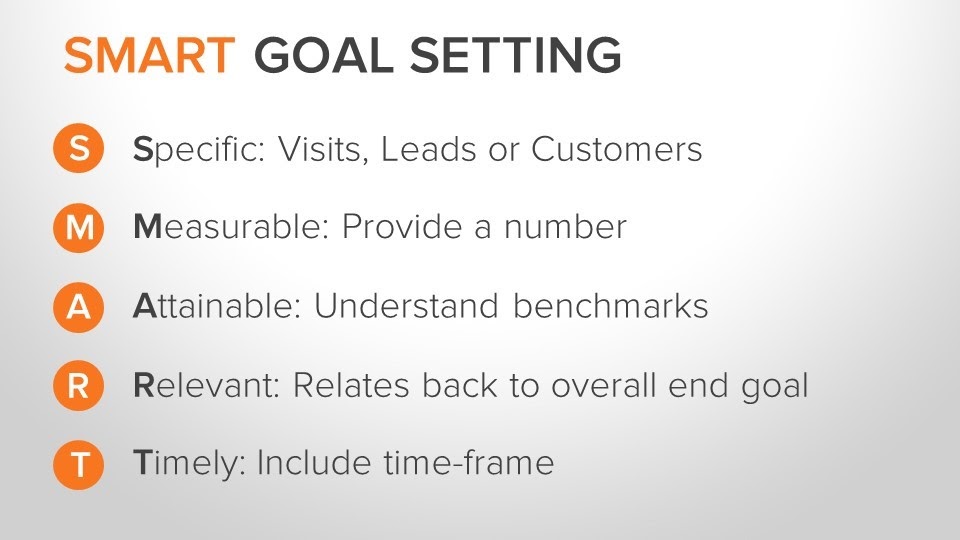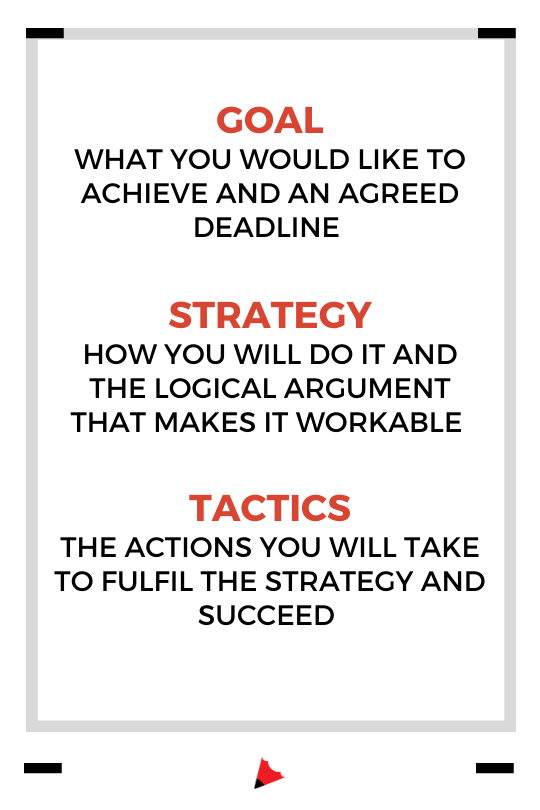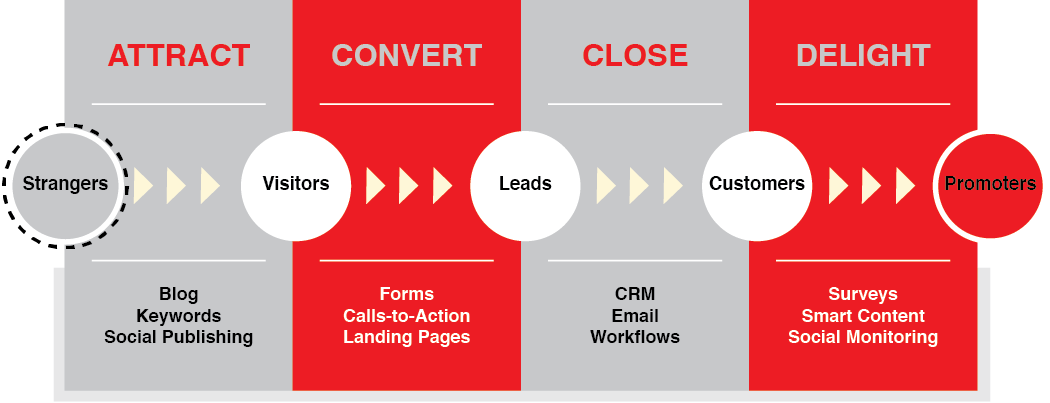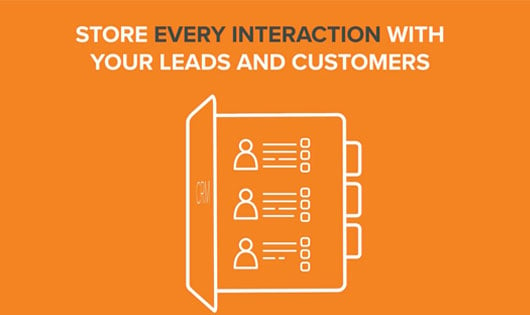
“Digital Marketing is just a waste of money. I’ve spent more than AED 10,000 but didn’t get any quality leads”
Every once in a while, you’ll come across someone who laments over their failed marketing campaigns.
They’ll make claims like this and go on to blame their marketing channels or the freelancer they worked with a couple of months ago.
As illogical these statements may sound like, we understand that precious resources like time, money, manpower and other collateral were lost.
It’s a sign of frustration and helplessness, but let’s be pragmatic here.
Your marketing isn’t working because you didn’t do it correctly.
You have to do more than just run ads, boost posts and hope for the leads to start pouring in.
Marketing is as much an art as it is a science.
Not everyone can get it right.
There are certain basic fundamentals you need to know about marketing.
Being a digital agency based in Dubai, we’ve witnessed a lot of businesses that have burnt thousands of dirhams on “marketing” and then complain about its ineffectiveness.
So, in this article, we’ll point out those grave marketing mistakes and how you can fix them to actually start seeing positive results.
Mistake #1) You Haven’t Actually Understood your Target Audience, aka Buyer Personas
If your target audience looks something like...
"30 - 60 year old IT professionals based in Dubai"
...your first marketing mistake is already spotted.
We know we sound pedantic when we give the same fundamental advice as other marketing agencies:
"Define your target audience in detail!"
But it's really for your own good.
The deeper you understand your target audience, the easier it will be to create marketing communication that appeals to them on a whole different level.
By understanding simple elements like their pain points, their choice of industry publications, their daily routine, etc, you'll have a superior advantage over your competitors who've lazily defined them generically.
Now you know why your last marketing campaign tanked big time.
You were marketing to someone who had no interest in your services.
Although your ad was seen by people, it was targeted to the wrong people.
By understanding your ideal customers and achieving a marketing-customer fit, you'll be well-equipped to sell your products and services seamlessly.
If you don't define your target customers with precision, your competitors will.
And you already know what ensues in a highly competitive market.
You can use tools like Google Analytics, surveys and profiles of your actual customers to create in-depth buyer personas that are data-backed and assumption-free.
Here's the link to a detailed article on how to actually create buyer personas that work.
Mistake #2) Lack of Realistic Metrics to Measure Results
This is another critical mistake most companies make while running marketing campaigns.
They have no realistic or trackable metrics to measure the effectiveness (or rather ineffectiveness) of promotional activities.
When you plan to start a digital marketing campaign, it's sacrosanct that you establish some clarity in goal-setting and KPI measurement.
This way, you can create and implement strategies that work, instead of just keeping your fingers crossed waiting for some magic to happen.
So, how to go about this?
The first step would be to establish SMART goals and metrics that will guide your efforts and help you gauge the ROI of your campaigns.
Ask yourself, "What business goal am I looking to achieve by running this campaign?"
- Is it increased brand awareness?
- Better quality leads?
- Increment in website traffic?
- Higher e-commerce conversions?
These are basic goals you MUST assign before even thinking of switching ON your marketing engine.
After all, you can't manage what you can't measure.
Here's a simple example of SMART goal setting to help you wrap your head around strategic marketing.

Mistake #3) You Don't have a Strategic Framework in Place
The failure to set realistic goals grows into this mistake - lacking a solid framework to accomplish those goals.
It's like driving during a rainstorm - poor visibility, limited control and absolutely no idea about what lies ahead.
The bigger problem here is that companies often confuse tactics with strategy.
There's a fine line between Goals, Strategy & Tactics (see below)

Deploying various digital marketing tactics and calling them a strategy is a recipe for failure.
Trying out various platforms and doing conducting some experiments to test the waters is fine.
But referring to these experiments as "strategy" is a grave mistake.
We commonly hear marketing managers say:
- "We ran some Google Adwords campaigns"
- "We did some social media in the past, but it didn't really work"
- "Yeah, we got some engagement on Facebook and Instagram, but no leads"
- "We're trying LinkedIn to see how it goes"
Statements like these contain logical fallacies that extend beyond the failure of these campaigns.
You can't be hopeful about advertising campaigns "to see how it goes".
Running random campaigns like these will burn your cash and exhaust your already-limited marketing budget.
To get actual results, you should sit together with your core teams and strategize a plan of action based on the business objectives you want to fulfill.
An effective strategy will be the blueprint of driving growth across digital platforms.
Here's a simple example of a strategic framework, courtesy of our friends at Contently

And, don't forget to measure your marketing efforts.
That's the only way you'll know what's working and what's not.
If one marketing channel is proving to be way more expensive than the other, whilst providing poor quality leads, then don't hesitate to let go of it to enhance your bottomline.
This is the true essence of being strategic.
Mistake #4) Wrong Content being Delivered at the Wrong time
Everyone's in a rush.
They're bombarded with ads pretty much the entire day.
If you don't deliver your message at the right time, you're as good as forgotten.
And let's not forget that the message has to be right for the right audience.
You may be creating excellent content, but if you're delivering it to the wrong segment, then it simply won't be effective.
The campaign you start and the content you create needs to be served at the right stage of the customer's journey.
In most cases, you can't sell a product directly without creating awareness for it.
You should nurture your prospects until they turn into informed customers.
The infographic below will help you understand the buyer's journey in more detail:

To start off with this, try to understand the sales cycle of your company.
Talk to your sales and marketing team to gauge customer behavior and their frequently asked questions.
There has to be a pattern in the way prospects approach your business and eventually convert into paying customers.
Once you understand your customers, their buying process and how they prefer to absorb your content, use those insights to run profitable marketing campaigns.
To make this advice actionable, follow this simple 5 step process:
Step 1) Identify your customers
Step 2) Figure out their buying stages
Step 3) Choose the right tone for your messaging
Step 4) Create the right content for the stage they're in
Step 5) Distribute the content at the right time
Mistake #5) Poor User Experience on the Website
This is easily one of the most common and cash-burning mistakes companies make.
They may define the right audience, create a decent ad and promote it at the right stage of the customer's journey.
But upon clicking the ad, their prospect lands on a website that's so ill-designed and unresponsive, the potential customer is just turned off.
Remember! It takes just 0.05 seconds for your website visitors to form an opinion about your business.
What happens next?
They simply click "back" and flock to your competitor who has a better website (even though you may have a better product or service)
The actionable takeaway here is to stop paying for Google Ads or social media ads to send traffic to a website with a user experience so bad, that your business loses a potential customer forever.
According to online customer data platform QuBit, online retailers lose an estimated £1.73 billion in global sales each year due to slow loading speeds.
Now that's a horrifying fact to uncover.
To make matters even worse, the ads take visitors to a page that's very irrelevant and vague.
You should strive to make your landing page theme, language and offer as similar to the ad as possible.
This ensures a smooth flow in terms of the user experience, and builds trust in your business.
After all, Google (and other search engines) place the most emphasis on the online customer experience.
A terrible website UI/UX affects your company from an SEO point of view too.
If your website is slow and laggy with no mobile version and a terrible interface, your bounce rate increases tremendously.
And you'll take quite a hit from an SEO perspective, because users have landed but not taken any action on your website.
This sends a signal that they couldn't find what they needed and were turned off by the experience.
How to spot a bad website?
You'll know when you see one.
It'll just feel wrong.
There'll be one or multiple elements about it that look out of place.
Firstly, their content will be boring - long paragraphs about topics you don't really care about.
They'll use too many stock images that don't resonate with the customer and makes the brand look like a misfit.
The language used will be old-fashioned, long-winded and focuses on the company instead of the customer.
It won't even have a unique value proposition - How does the product/service make the customer's life easier?
And if it's a B2B website, you'll notice the lack of case studies, testimonials and other content that you'll need to make a research decision.
Our advice to all such companies is to pause and relook at their website and overall digital presence.
Understand that 88 percent of online consumers are less likely to return to your website if they’ve had a bad experience.
That's 88% less leads.
If your website isn't getting you leads, what's it even doing, honestly?
Make a resolution to focus on your website's design and start reaping the benefits of a pleasant user experience.
To make immediate fixes to your website, follow these 10 tips by HubSpot, or follow our in-depth article below.
Mistake #6) Choosing The Wrong Social Media Platform
People use various digital platforms for different uses.
While Facebook is popular to stay in touch with family and friends, Instagram appeals to the artistic/aesthetic archetype while LinkedIn is the more serious and professional platform.
Understanding this diversity in social media platforms is crucial for running the right campaign for the right channel.
More often than not, marketing campaigns fail because you used the wrong type of content on the wrong platform expecting to find the right person there.
Keep in mind that certain demographics prefer one platform over the other, and the secret to getting their attention is to target platforms they frequent the most.
You can't be running ads on Instagram when your target audience is mid-senior C-level executives.
To make sure you reach the best audience, understand their social media habits and then choose that platform to engage them.
To learn more about how to choose the right social media platforms for your business, refer to the below article:











